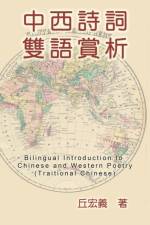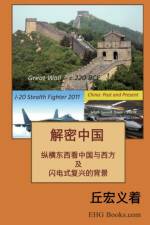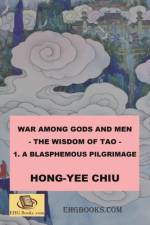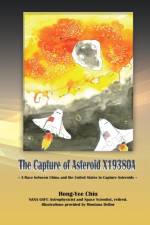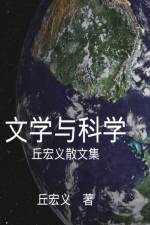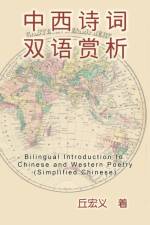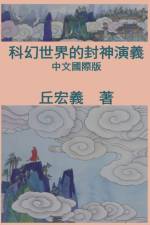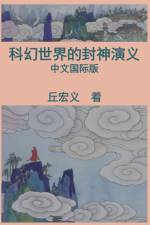av Hong-Yee Chiu
407
China had been invaded, conquered and ruled by foreign tribes many times over since the third century. However, at the end of the day, the invaders willingly assimilated into ethnic Chinese culture and, as a result, their territories became parts of China. Chinese territory and civilization grew further. How and why?From Desperation to Aspiration. How? The year was 1991 when I traveled to China and found myself dismayed by the quality of the roads near Xian, an ancient capital noted for its terracotta statues dating back to 206 BCE. As we bumped along the weather-beaten path, I sarcastically asked my guide "Is there a superhighway at all in China?" The guide tossed a blank look at me, as if in shock that I would betray my Chinese heritage by speaking such an insult. A quick-witted local Chinese answered promptly for her: "Of course we have - in Taiwan." A little more than a decade later, when I returned to Xian in February of 2005, the cityscape had completely changed. This time, as I was driven into the city, skyscrapers stretched up into the sky, and new buildings dotted the streets as well as the countryside. In answer to my question so many years earlier, the airport is now connected to the famed city via a well-constructed and maintained superhighway, which directly connects to Beijing. In fact, a superhighway system is already in existence, a system that connects countless cities, including those in remote border provinces. During my fourteen-year absence between 1991 and 2005, China had undergone vast changes. The construction of superhighways is but one of them. Today, China boasts of over 50,000 kilometers (31,250 miles) of four-or-more lane modern superhighways, a system that was only completed in the recent decade. (Incidentally, the total mileage of Taiwan's superhighway is less than 250 miles.) Plans call for the completion of an additional 35,000 kilometers (21,875 miles) of superhighways by 2015, making the total mileage 53,125 miles. This achievement would put the mileage of China's superhighways beyond that of the U.S. Eisenhower Interstate Highway System (46,726 miles, as of October 31, 2002; and not too many miles were added after 2002). As I considered these impressive facts, I was led to wonder, how China could have achieved so much in such a short time, during which China also rose to become an economic power? Yet the highway system was only the tip of the iceberg of progress when it came to China's advances. This led me to ask even more questions and discover more answers. I would soon discover that this rapid renaissance was almost a natural consequence, a repetition of recoveries from similar calamities in the past two millennia.

